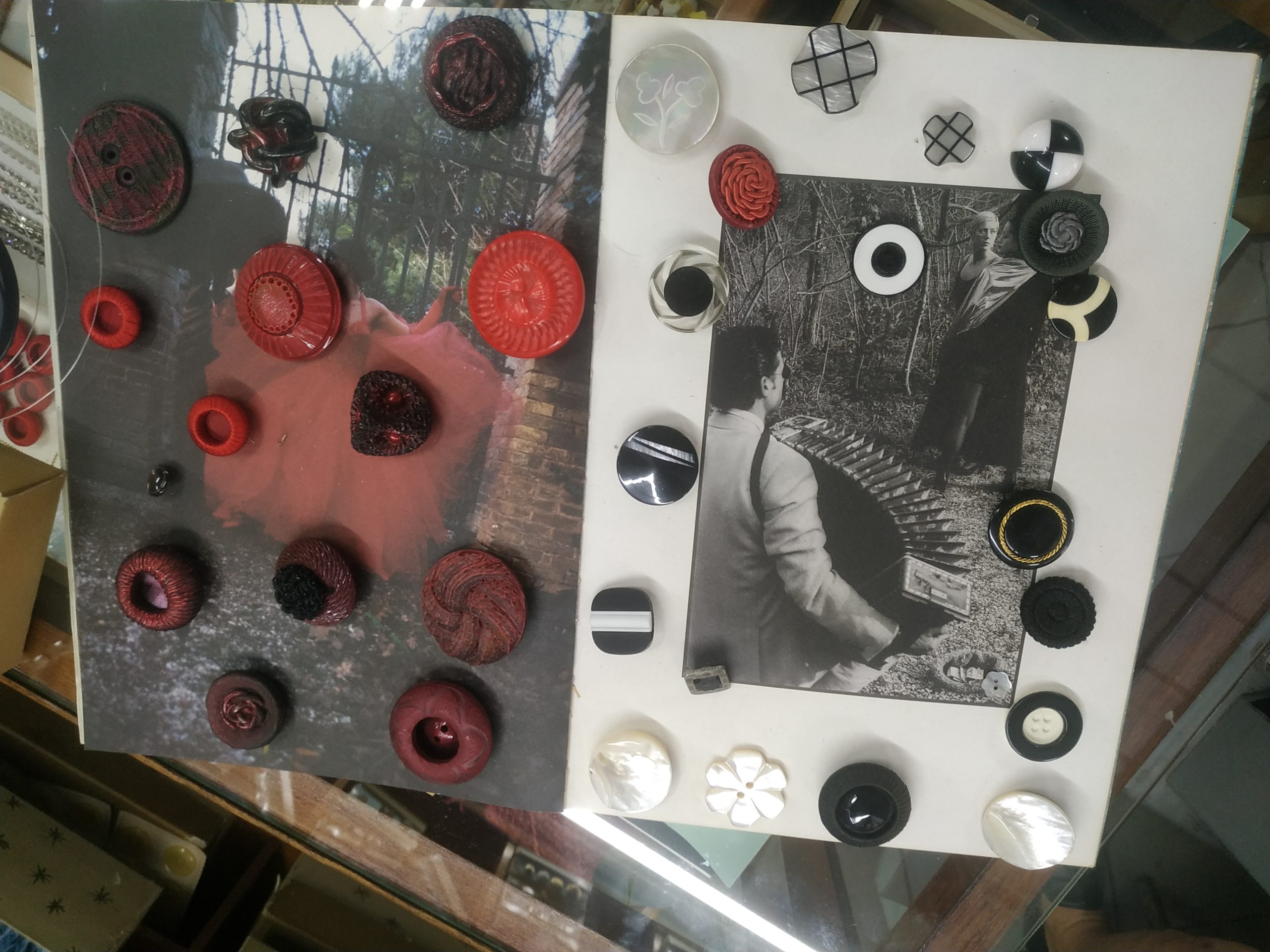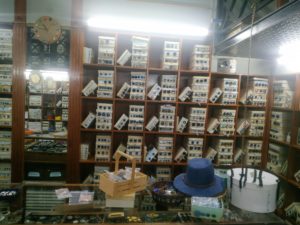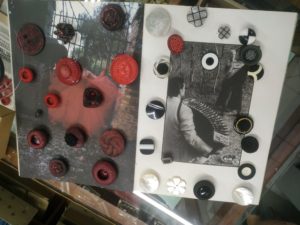How buttons tell the story of commerce and the city
Full Description
The photographs show the Belidis button shop, depicting rows of various buttons. The Belidis family has been selling buttons in Thessaloniki for about eighty years and remains to this day one of the most prominent button suppliers in the city. The company’s trajectory has been inextricably linked with the vicissitudes of the clothing trade in Northern Greece. As a matter of fact, the buttons themselves, their types and colours, the materials they are made of, their date of manufacture, reveal the ebbs and flows of the clothing trade in both Greece and Europe. Through the buttons unfolds the history of the life conditions, consumption trends, and economic peaks and troughs that have shaped the country from the Second World War until today.
Indicatively, the sales of buttons for fur coats are associated not only with the rise in fur trade with America and Western Europe during the 1970s and the 1980s, but also with the evolution of the animal rights movement. Similarly, the later boom and subsequent crash in fur trade with Dubai is probably linked with the fact that the Russian tourists visiting the area experienced significant purchasing power loss due to the fluctuations of the Russian currency and the uncertainty that has beset the Russian economy.
As Mr. Belidis says, ‘These are buttons for fur coats that we sold from the ‘70s until the ‘90s. They were also very popular when the trade with Dubai started, because a lot of fur traders left Kastoria and opened shops there. It was a new market. Here, the market was very saturated, it had reached its limits. The fur traders of Kastoria had no place to sell their merchandise in Europe. Only Russia absorbed their product. But when they set up shop in Dubai, they started something new, so these buttons were very popular from the ‘90s until 2000. Now that’s gone too’.
The buttons’ provenance also has a story to tell. During the 1950s, Florence, Rome and London, along with Paris and New York, were the global capitals of fashion design. Traders who wished to stand out and innovate in their sector, i.e. the trade in clothing, textiles, footwear, or raw materials for garment manufacturing, visited these cities at least once a year and chose merchandise to stock in their shops for the next season or two.
Thessaloniki’s commercial link with the fashion design market in Florence is reflected in the story of the red and black buttons told by Mr. Belidis: ‘The story of these buttons dates back to 1950. Back then, there was a Jewish button manufacturer in Florence who exclusively made buttons for theatre productions. My father went to Italy for the first time in 1950 and met this manufacturer by chance. They collaborated from 1950 until 1985 when the business shut down. Most of the buttons you see here are made with silk floss thread and they’re handmade. Some have beads, others are made of cellulose, another popular material of the time. The ones with the silk thread are all handmade; none of these buttons was mass produced. They were made by hand, one by one. That Jew was famous for them back then. He closed down the business in 1985 because there was no one to take over’.
Bibliography
Phyllis Tortora and Keith Eubank, Survey of historic costume. A history of western dress, Fairchild Books (5th edition), New York 2010.
Achilleas Chekimoglou, ‘We sell fur… to the Emirates!’, To Vima, 21/08/2011. https://www.tovima.gr/2011/08/21/finance/poylame-goynes-sta-emirata/ [accessed on 20/12/2021].




